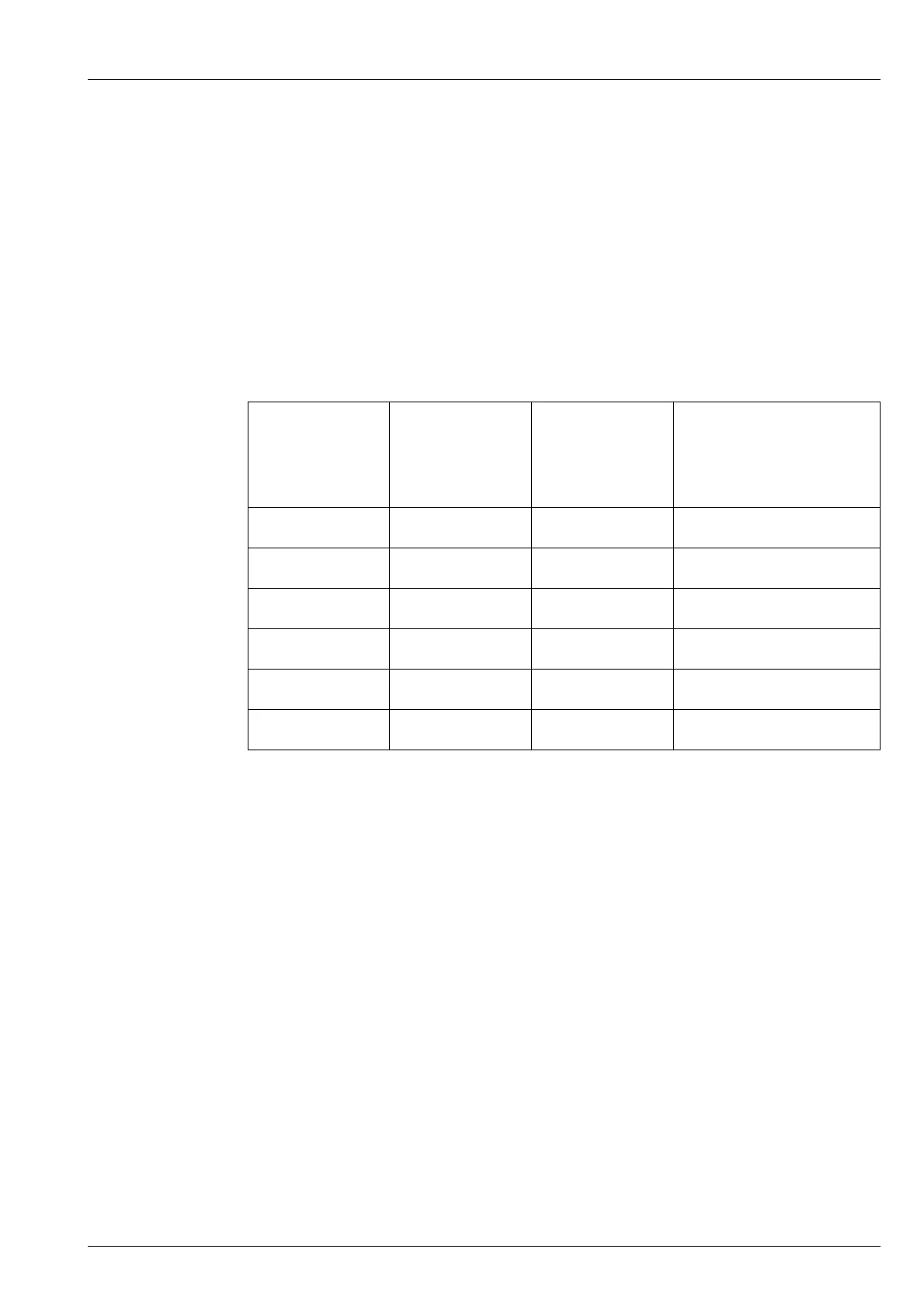CALL TYPES AND FEATURES
CALL TYPES
ENVOY™ TRANSCEIVER REFERENCE MANUAL 439
If you have the FED-STD-1045 ALE/CALM option installed, you can use the global
ALL address syntax (@?@) with the Message call type to send a call to a group of
stations using an ALE/CALM HF network. If you have the MIL-STD-188-141B ALE
option installed, you can use the ALL, ANY, Group Selective, NET, or Wildcard
address syntax with the Message call type to send a call to a group of stations using
an ALE/CALM HF network.
Message calls are automatically answered by a called station so an operator is not
required to take any action. If you make a Message call type using an ALE/CALM HF
network, the link terminates immediately after the message is sent. Messages you
receive are displayed on the screen and stored in the Call History.
NOTE: ASCII-64: This protocol uses all upper-case and numeric characters
and some punctuation characters.
NOTE: ASCII-127: This protocol uses all printable ASCII characters up to
decimal 127.
NOTE: ASCII-256: This protocol uses full binary encoding or all 8-bit
characters.
Related links:
Making a Message call on page 53
Sending recognised keywords with a call on page 454
ALE address syntax on page 442
Call History on page 450
Group calls in a Codan Selcall HF network on page 452
Using multiple addresses for calls in an ALE/CALM HF network on page 453
Table 43: Variations in message length
Call system Privacy mode Character set Maximum message
length
(number of text
characters)
ALE/CALM Plain ASCII-64 83 to 90
ALE/CALM None ASCII-256 64 to 84
ALE/CALM Group ASCII-256 50
Codan Selcall None ASCII-127 64
Codan Selcall Group ASCII-256 64
Open Selcall N/A ASCII-64 32
